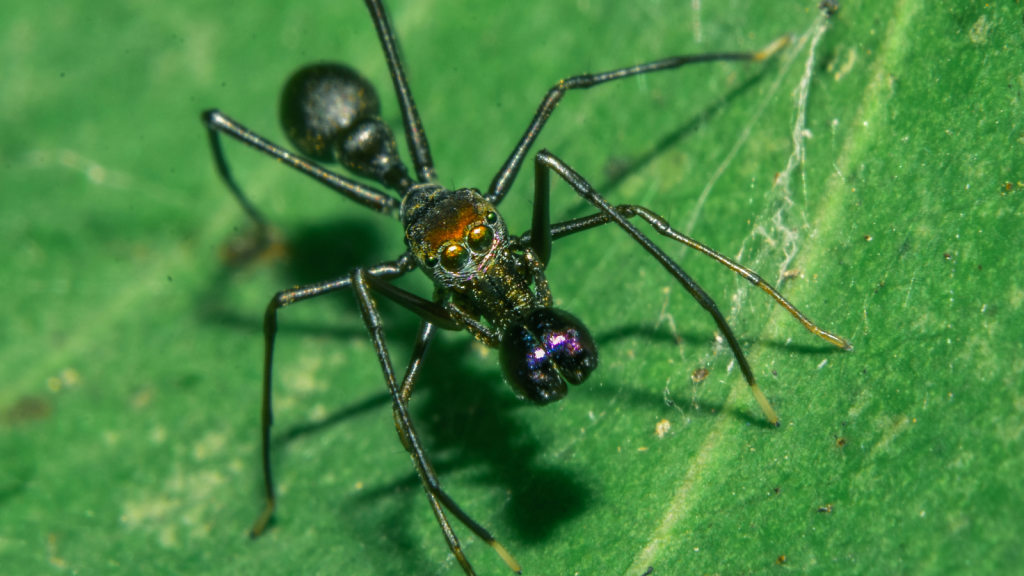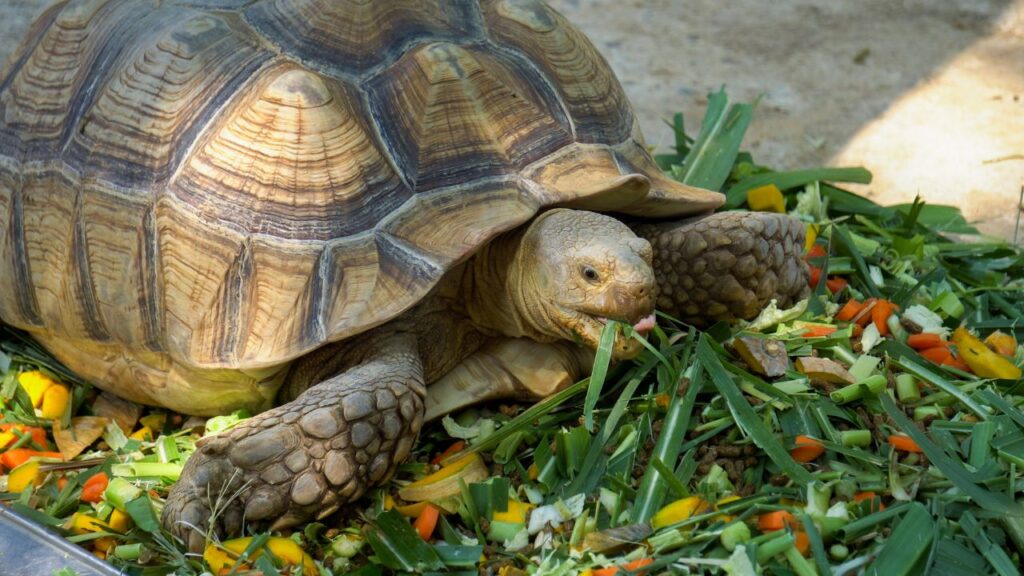Spiders are often misunderstood creatures, but they’re among the most fascinating animals on Earth. With over 45,000 known species, these eight-legged wonders come in an astounding array of shapes, sizes, and colours. Some have evolved truly bizarre adaptations to survive. From spiders that look like bird droppings to others that can breathe underwater, the arachnid world is fascinating. Here’s a look at 15 of the strangest spiders you’ll ever encounter.
Bird Dung Spider
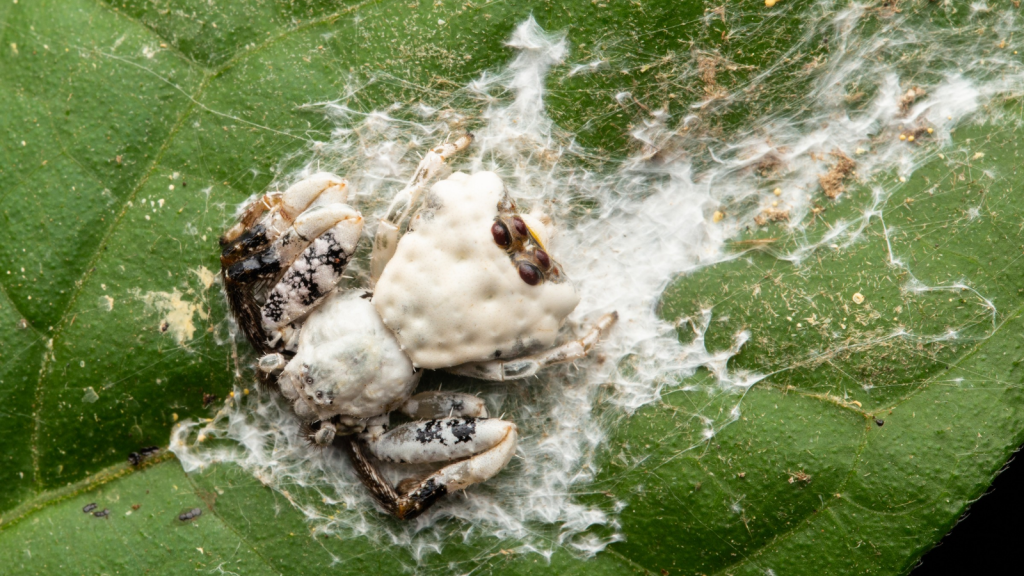
The bird dung spider is a master of disguise. By day, it curls up its legs and sits motionless on leaves, looking exactly like a splat of bird poo. This clever camouflage helps it avoid predators and sneak up on unsuspecting prey. At night, it unfurls its legs and goes hunting for small insects. Found in Southeast Asia, this spider’s scientific name is Pasilobus lunatus, and it belongs to the orb-weaver family.
Mirror Spider
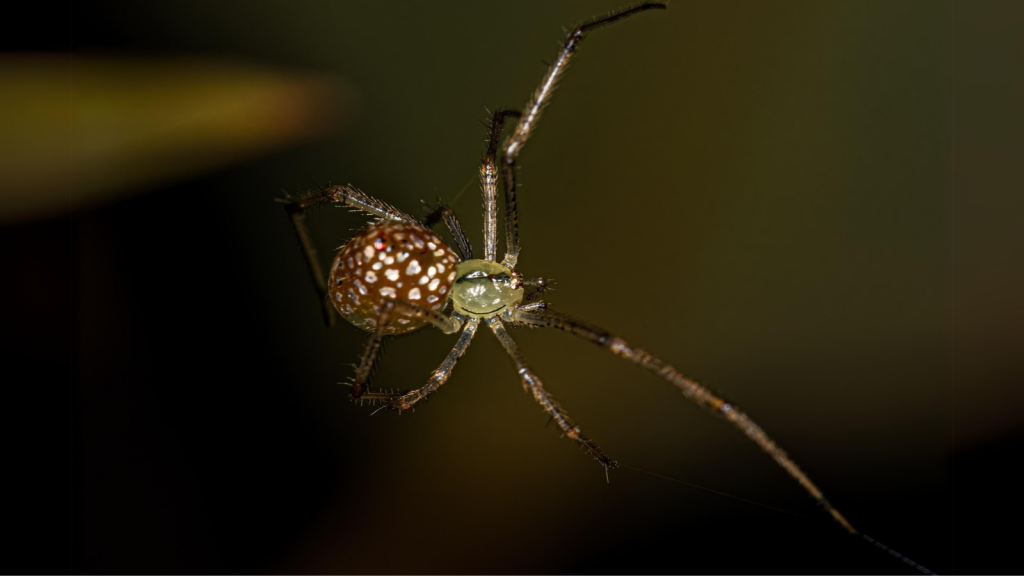
The mirror spider’s abdomen is covered in reflective patches that look like tiny mirrors. These silvery spots can expand or contract, changing the spider’s appearance dramatically. Scientists think this ability might help the spider regulate its body temperature or confuse predators. The mirror spider, or Thwaitesia argentiopunctata, is native to Australia and measures only about 3 millimetres in length.
Diving Bell Spider
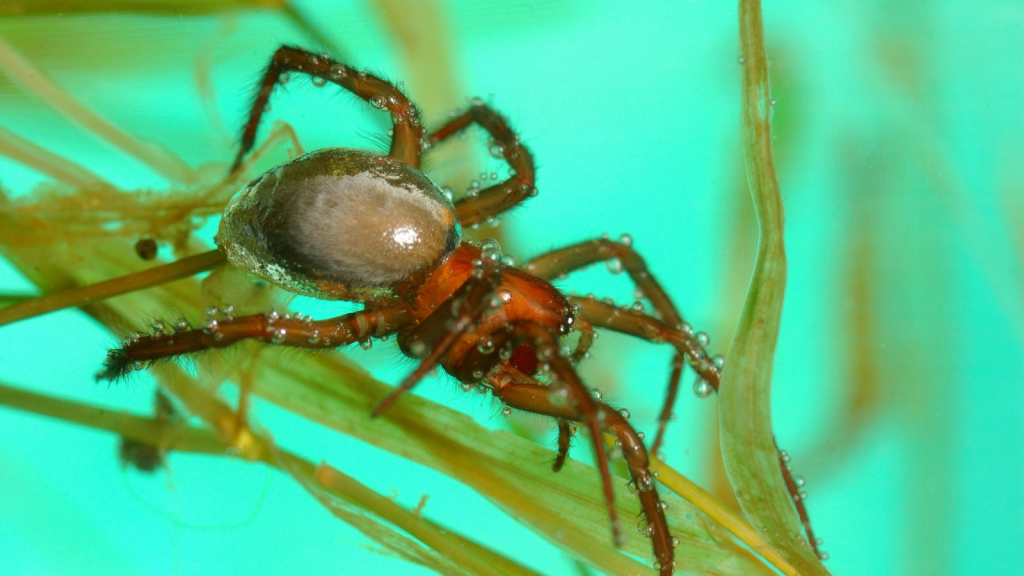
This aquatic arachnid spends its entire life underwater. It creates a silk bubble filled with air, which it carries around like a portable oxygen tank. The spider must regularly swim to the surface to replenish its air supply, making it a true marvel of underwater engineering. The diving bell spider (Argyroneta aquatica) is the only spider known to live its entire life underwater and can be found in freshwater ponds and slow-moving streams across Europe and Asia.
Pelican Spider
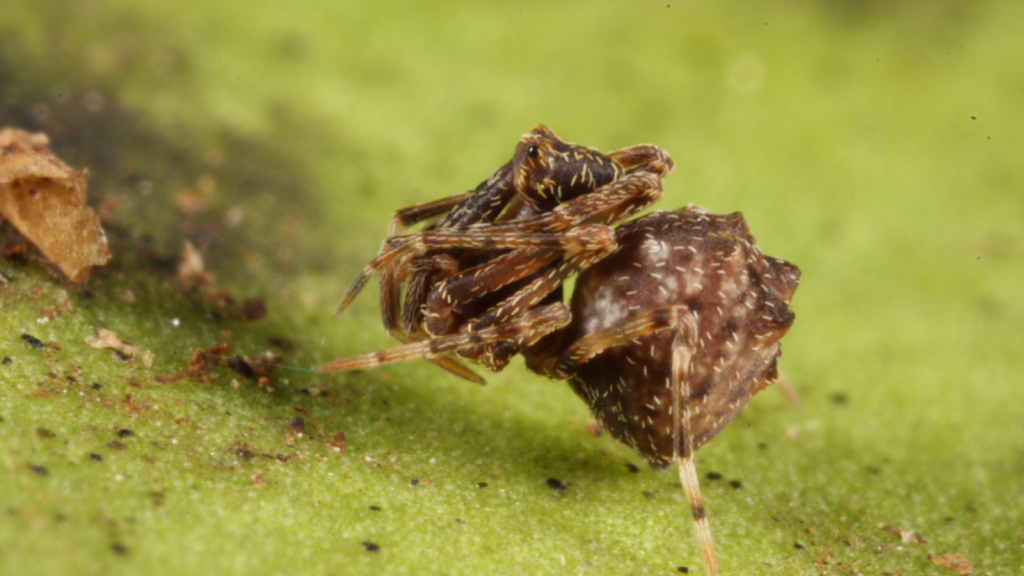
With its elongated neck and bizarre head shape, the pelican spider looks more like a creature from a science fiction film than a real arachnid. It uses its long “neck” and fangs to spear other spiders from a safe distance, making it a fearsome predator of its own kind. Pelican spiders, also known as assassin spiders, are living fossils that have remained largely unchanged for at least 165 million years.
Scorpion-Tailed Spider

This spider has a long, curled tail that resembles a scorpion’s stinger. However, it’s completely harmless to humans. The tail is actually an extension of its abdomen, which it uses to confuse predators and make itself look bigger and more threatening. The scorpion-tailed spider (Arachnura higginsi) is found in Australia and New Zealand and creates intricate wheel-shaped webs.
Ladybird Spider

Male ladybird spiders have bright red bodies covered in black spots, making them look uncannily like ladybirds (or ladybugs). This unusual colouration might help them avoid predators who associate the pattern with the bad taste of real ladybirds. The ladybird spider (Eresus sandaliatus) is extremely rare in the UK and is the subject of intense conservation efforts to protect its remaining habitats.
Spiny Orb-Weaver Spider
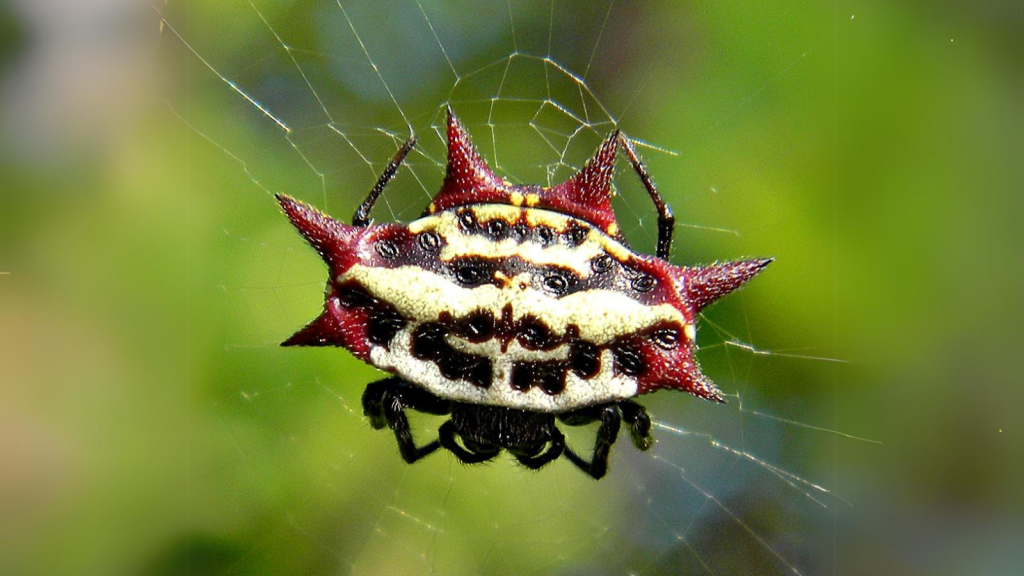
These spiders have evolved some truly outlandish body shapes. Some species have spikes, others have bright colours, and some even have bodies shaped like crabs or bird droppings. Their strange appearances help them blend in with their surroundings or scare off potential predators. The spiny orb-weaver genus, Gasteracantha, includes over 60 species found throughout the tropics and subtropics worldwide.
Ogre-Faced Spider
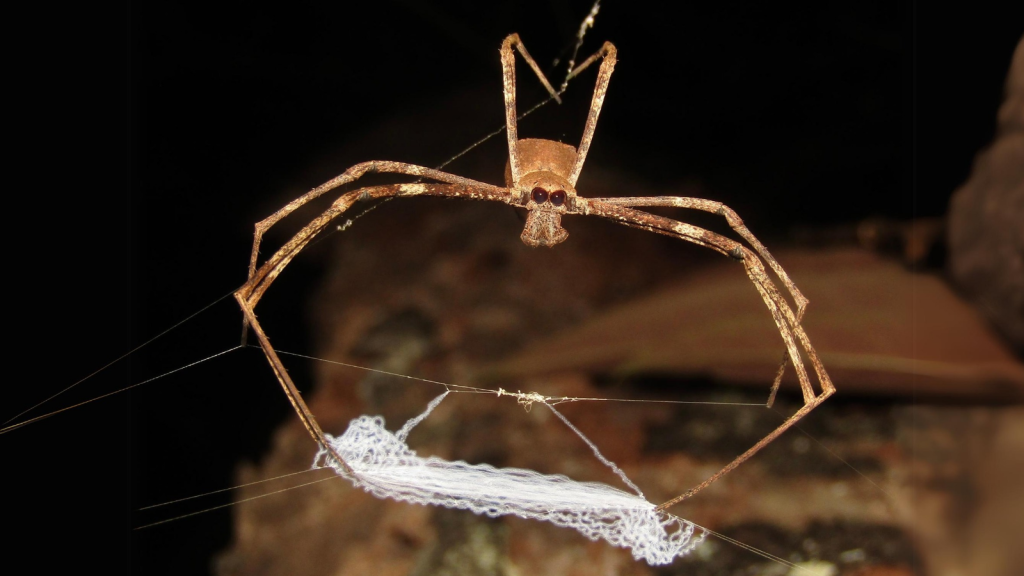
With enormous, forward-facing eyes, the ogre-faced spider looks like something out of a fairy tale. Its massive peepers give it excellent night vision, which it uses to hunt in the dark. It catches prey by spinning a net between its front legs and snatching insects out of the air. Ogre-faced spiders, belonging to the genus Deinopis, have the largest eyes of any spider relative to their body size.
Whip Spider

Despite its name, the whip spider isn’t a true spider at all. It has incredibly long, thin front legs that it uses like antennae to feel its way around in the dark. These legs can be up to 10 times the length of its body! Whip spiders, also known as tailless whip scorpions or Amblypygi, are harmless to humans and are popular in the exotic pet trade.
Peacock Spider
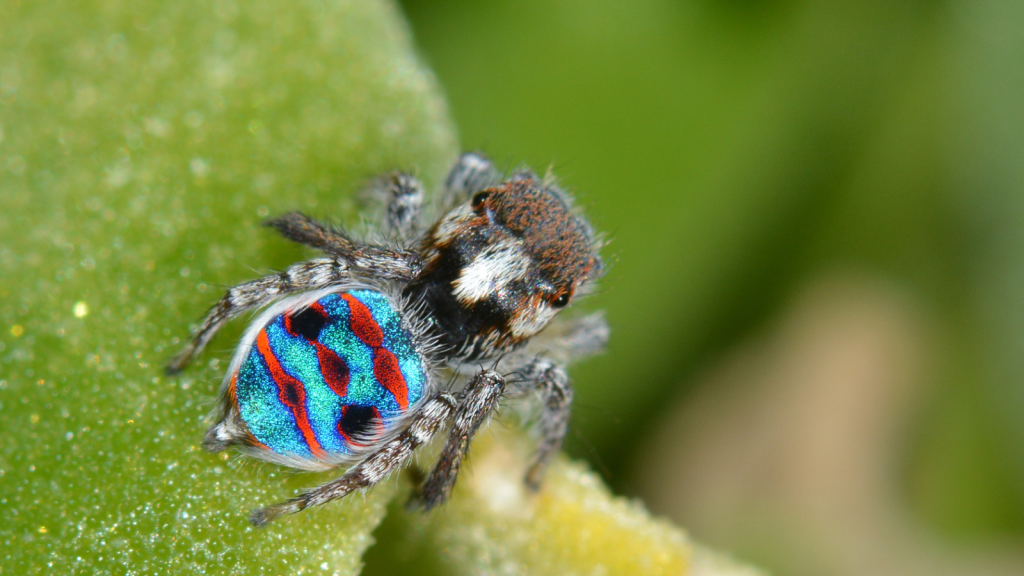
Male peacock spiders are nature’s tiny dancers. They have brightly coloured flaps on their abdomens, which they raise and wave about in elaborate courtship dances to attract females. These colourful displays rival those of their much larger bird namesakes. Peacock spiders, belonging to the genus Maratus, are native to Australia and typically measure less than 5 millimetres in length.
Wrap-Around Spider
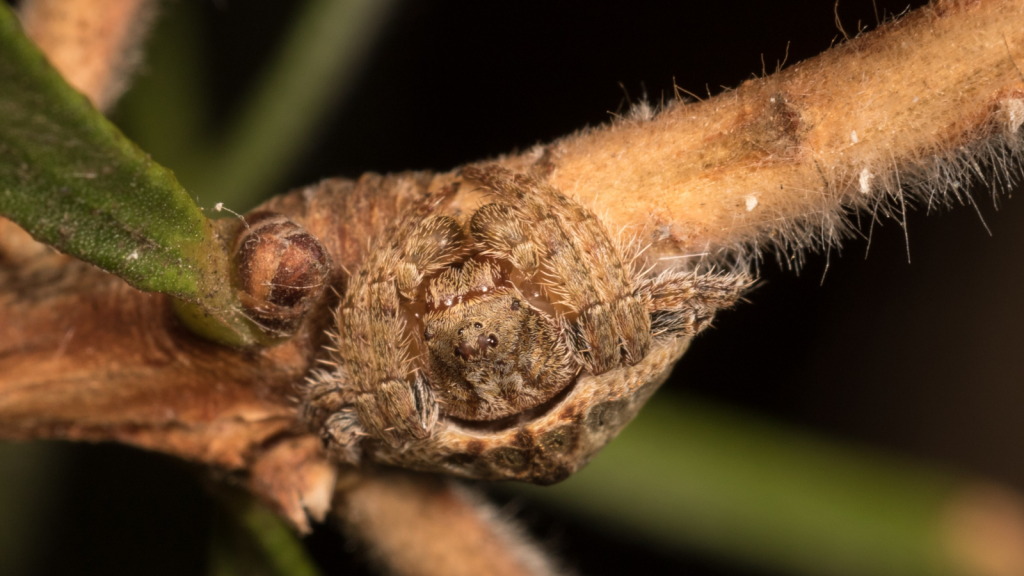
This spider has an incredibly flat body that allows it to press itself tightly against tree bark. When it hugs a branch, it’s nearly invisible, blending in perfectly with the tree’s texture and colour. It’s a master of camouflage in the spider world. The wrap-around spider (Dolophones conifera) is found in Australia and can disappear from view in seconds by flattening itself against a tree branch.
Ant-Mimicking Spider
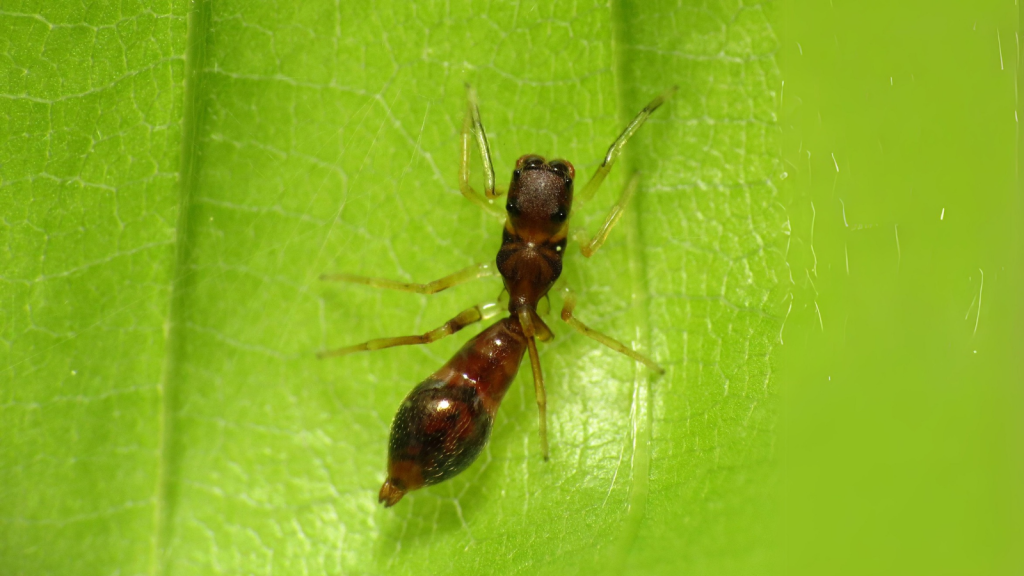
Some spiders have evolved to look and move just like ants. They even wave their front legs in the air like antennae! This clever disguise allows them to live alongside ants without being attacked, and sometimes even infiltrate ant colonies to hunt. There are hundreds of ant-mimicking spider species worldwide, belonging to several different families.
Goliath Birdeater
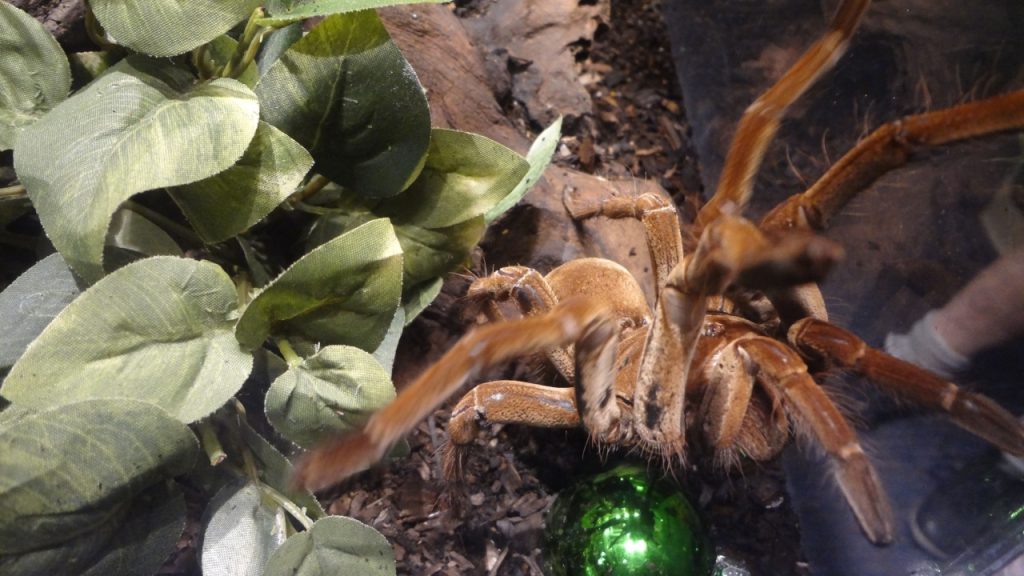
The goliath birdeater is the heaviest spider in the world, weighing as much as a small puppy. Despite its name, it rarely eats birds, preferring insects and small rodents. Its leg span can reach up to 30 centimetres, making it a true giant of the spider world. Native to the rainforests of South America, the goliath birdeater (Theraphosa blondi) is a type of tarantula and can live for up to 25 years.
Golden Wheel Spider
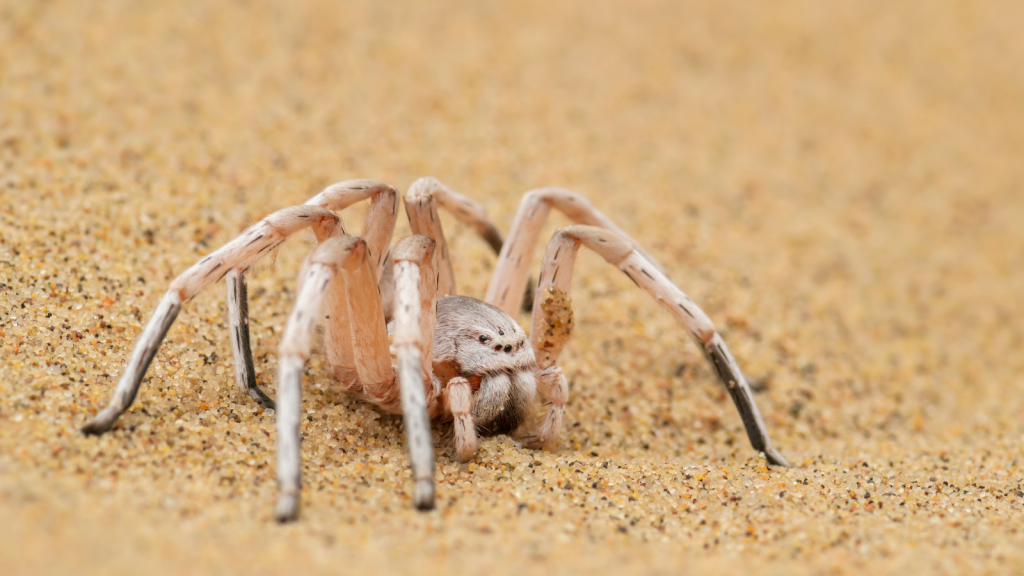
When threatened, this spider tucks in its legs and rolls down sand dunes like a wheel. It can reach speeds of up to 1 metre per second, making it the fastest spider in the world when it’s rolling. This unique escape method helps it avoid predators in its desert home. The golden wheel spider (Carparachne aureoflava) is found only in the Namib Desert of Southern Africa.
Spitting Spider
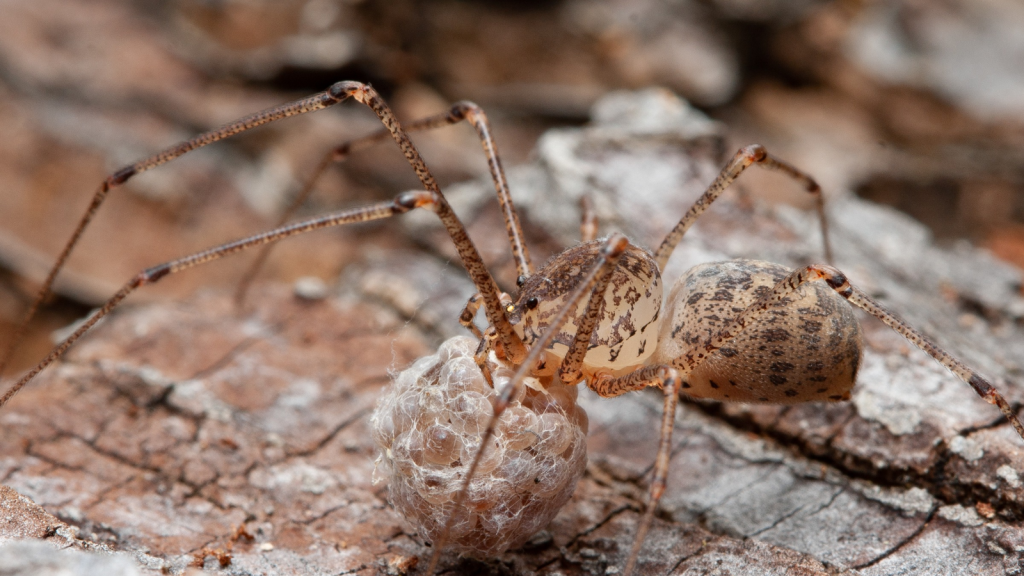
The spitting spider has a truly bizarre hunting method. It spits a venomous, sticky silk at its prey, pinning them down from a distance. This spider can accurately spit its silk up to 10 millimetres, which is quite impressive given its small size. Spitting spiders, belonging to the family Scytodidae, have venom glands in their cephalothorax that extend through almost half of their body.

